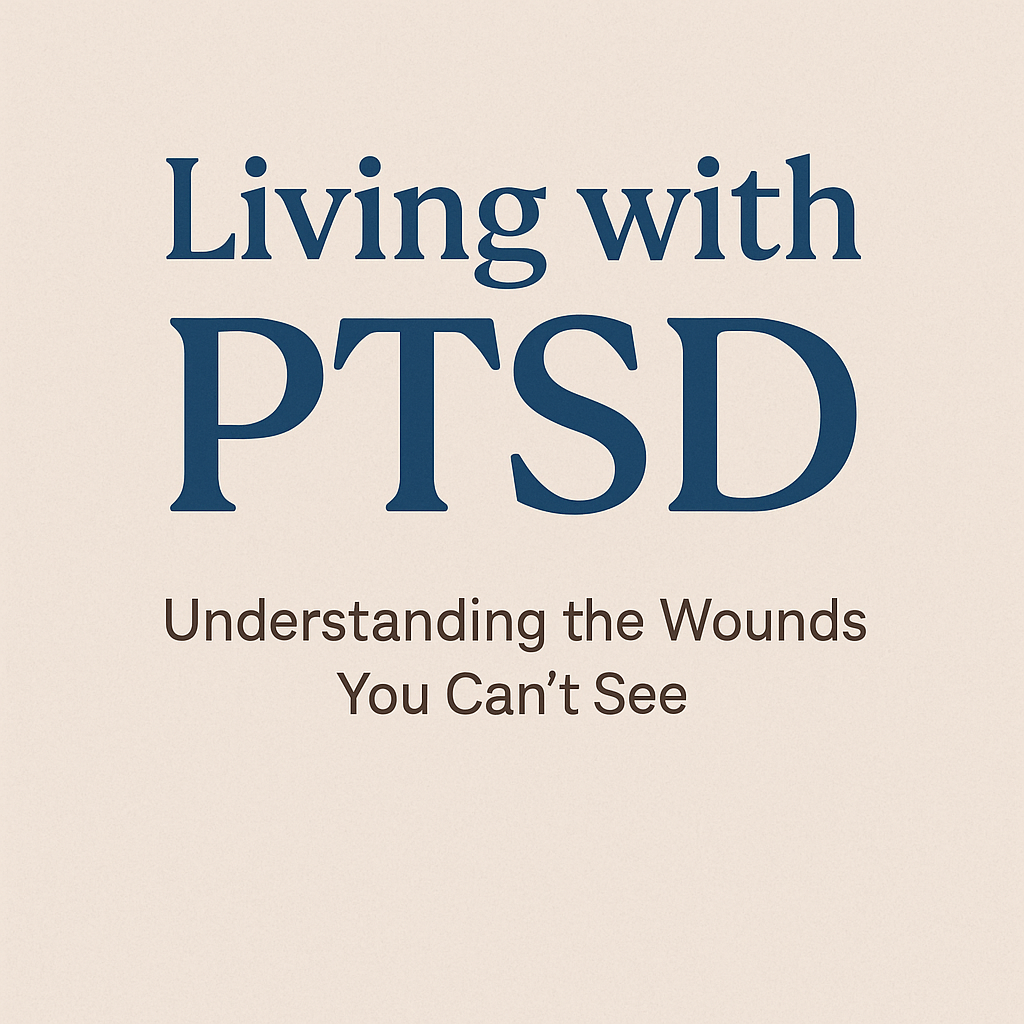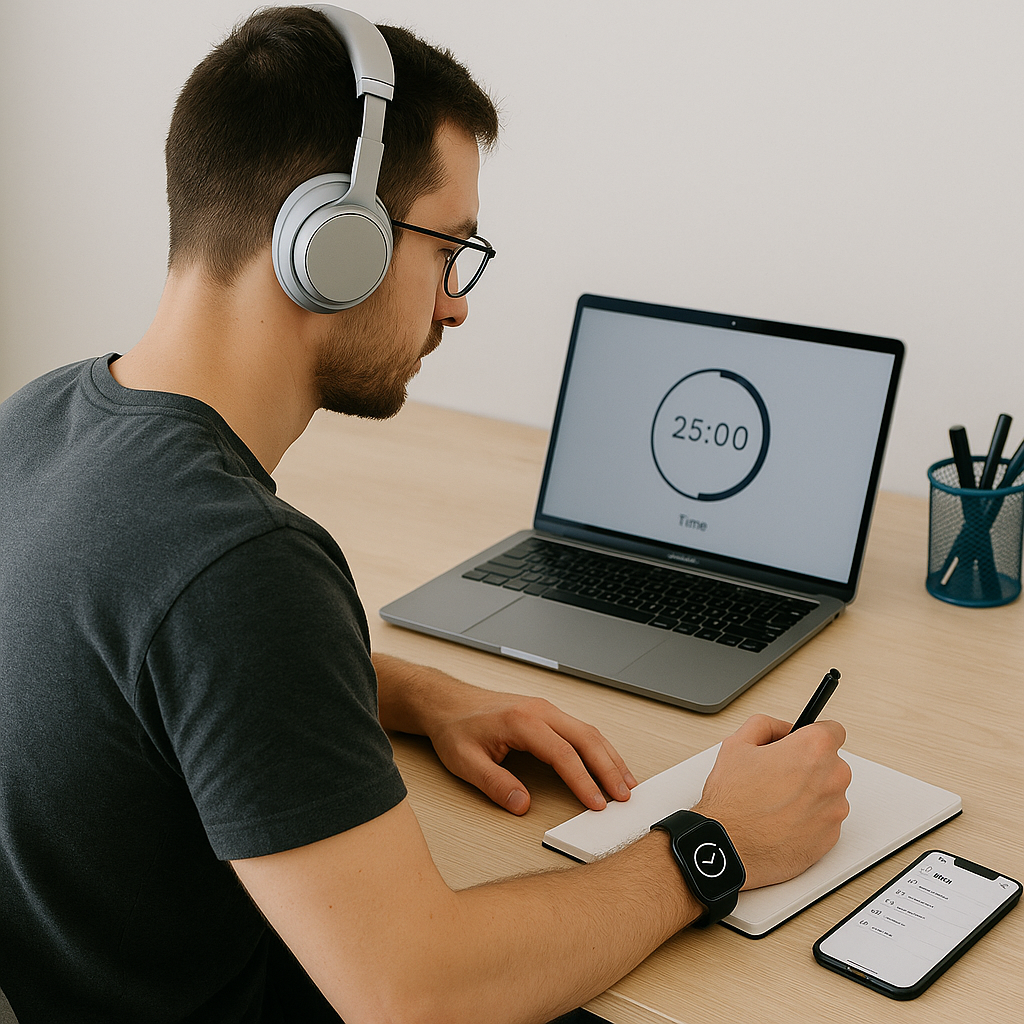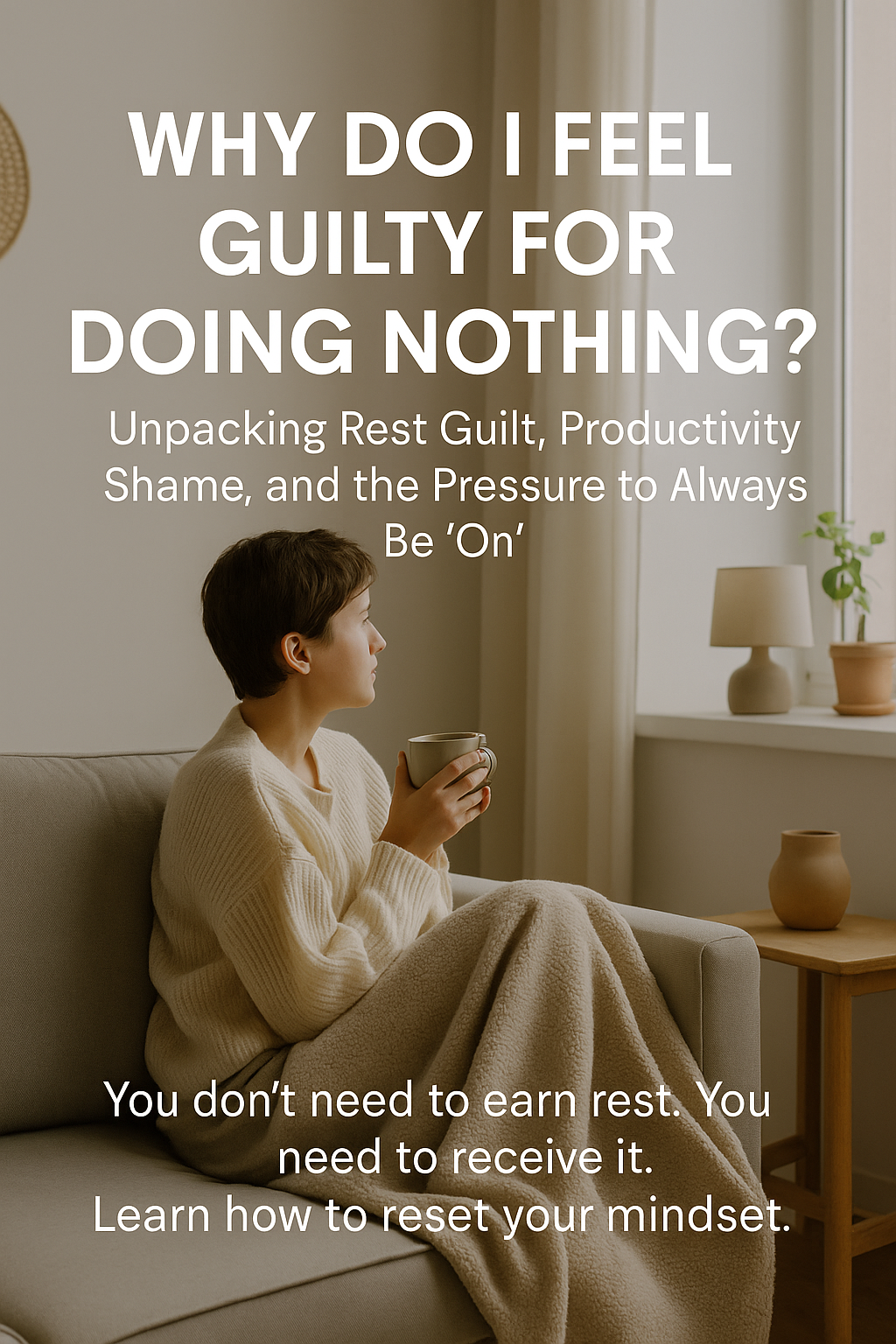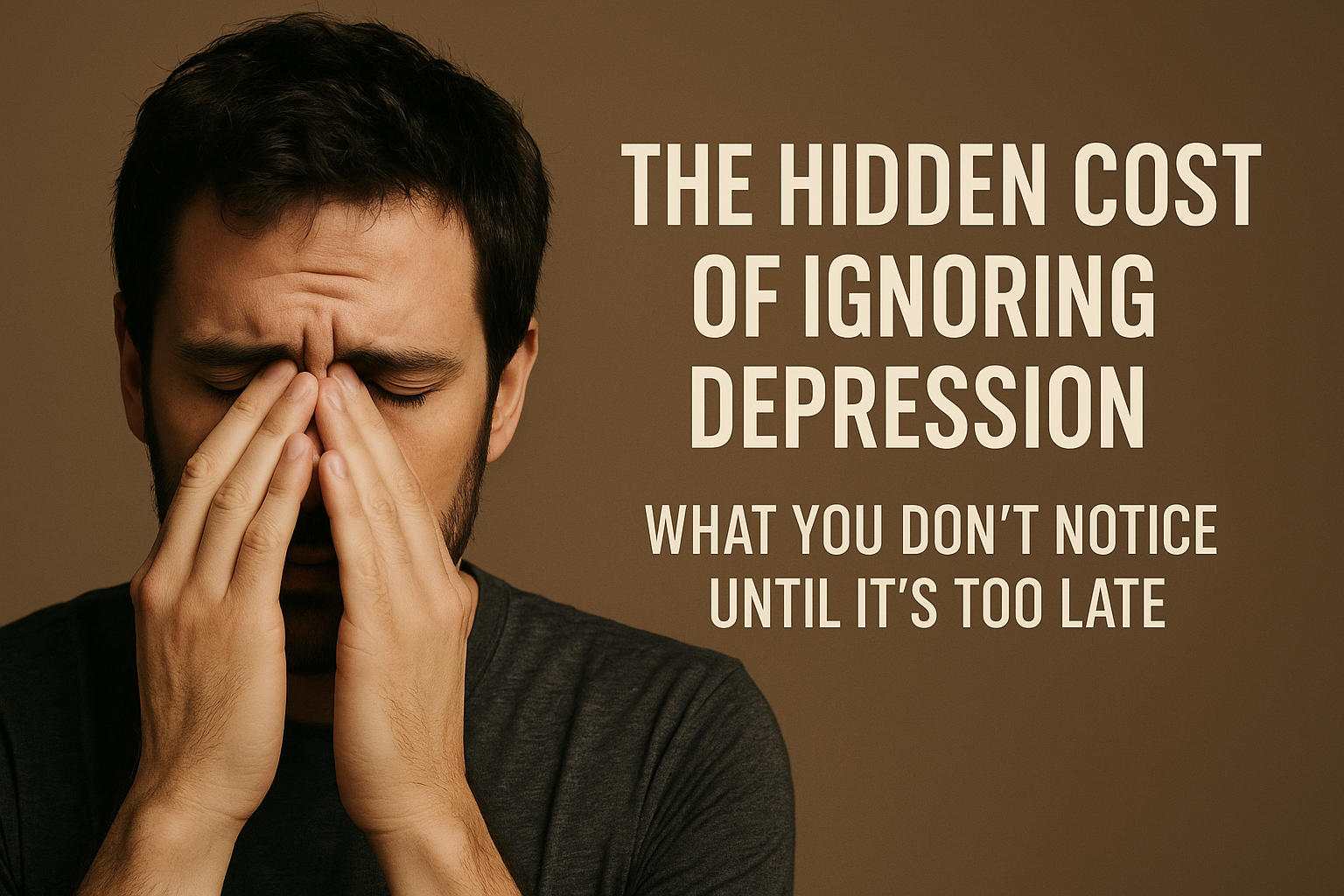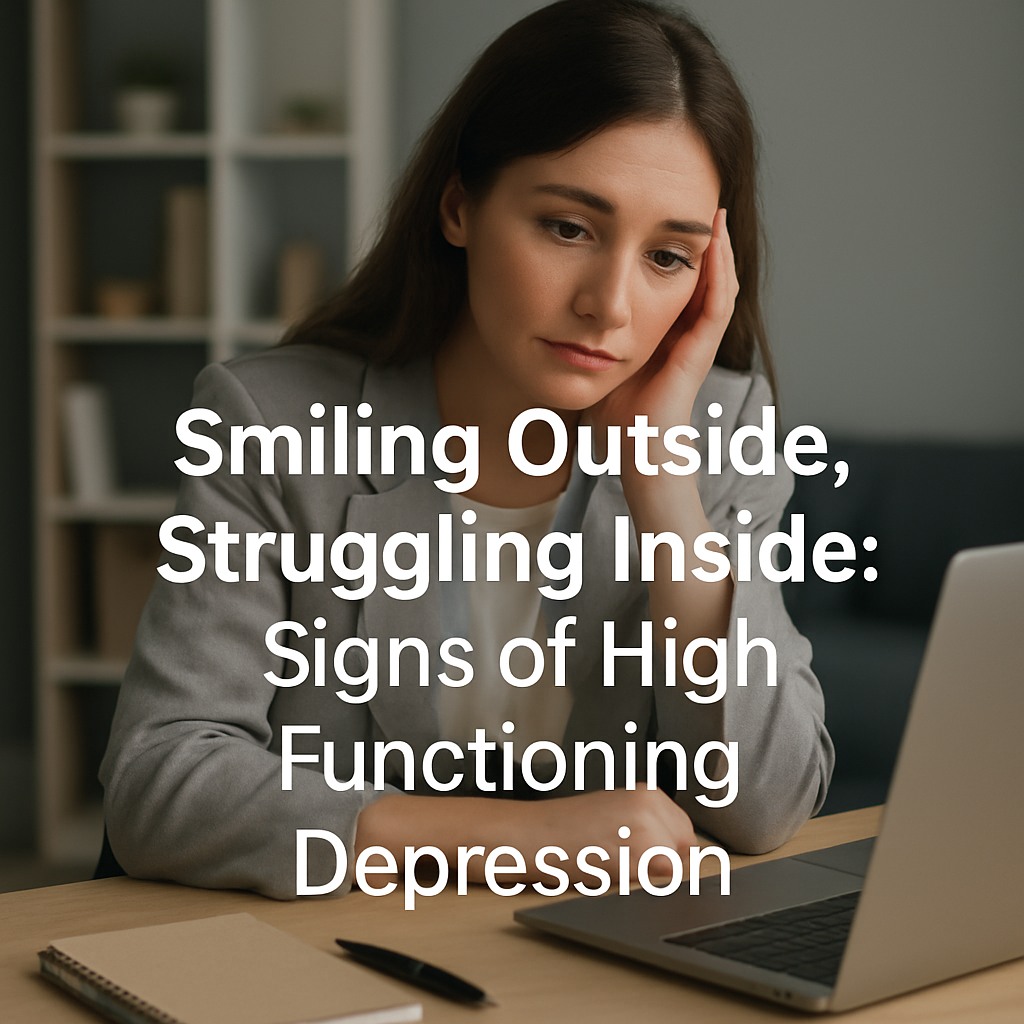Finding Reality Within: Using Practicing mindfulness and Support to Navigate the Path Through Depersonalisation and Derealisation.
Grasping Depersonalization/Derealization Disorder (DPDR)
Have you ever experienced disconnection from your own body or like the world around you isn’t quite real? More frequent than you may expect, these feelings are important indicators of a mental health problem known Depersonalization/Derealization Disorder (DPDR). For people who suffer from it, DPDR can seem like strolling through a dream-like condition or watching oneself from the outside. It’s a constant sensation that can influence daily living, not only daydreaming.
What Really is DPDR?
DPDR is a disorder in which individuals suffer derealisation (feeling cut off from the world around them) and depersonalisation (feeling detached from themselves). High stress, trauma, anxiety, or even drug usage might set it off. It can occur alone at times, but sometimes it’s part of other mental health disorders such PTSD.
Symptoms of Depersonalisation:
Feeling as though you are outside of your body, observing yourself
Emotional numbness—feeling disconnected from your emotions
Struggle to see your own reflection
Symptoms of derealisation:
Your environment seems dreamy or unreal
Objects and people seem far away or warped.
Sounds could seem either too loud or too soft
Time might seem either too quick or too sluggish
Though unpleasant, these emotions can be managed by first knowing what is occurring.
Recognising DPDR
Recognising the distinction between daily stress and DPDR is crucial. Daydreaming or feeling ‘out of it’ now and again is usual. But if you often feel detached from reality, it could be a sign of DPDR. Note how frequently these symptoms appear and whether they interfere with your everyday life.

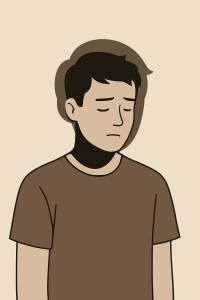
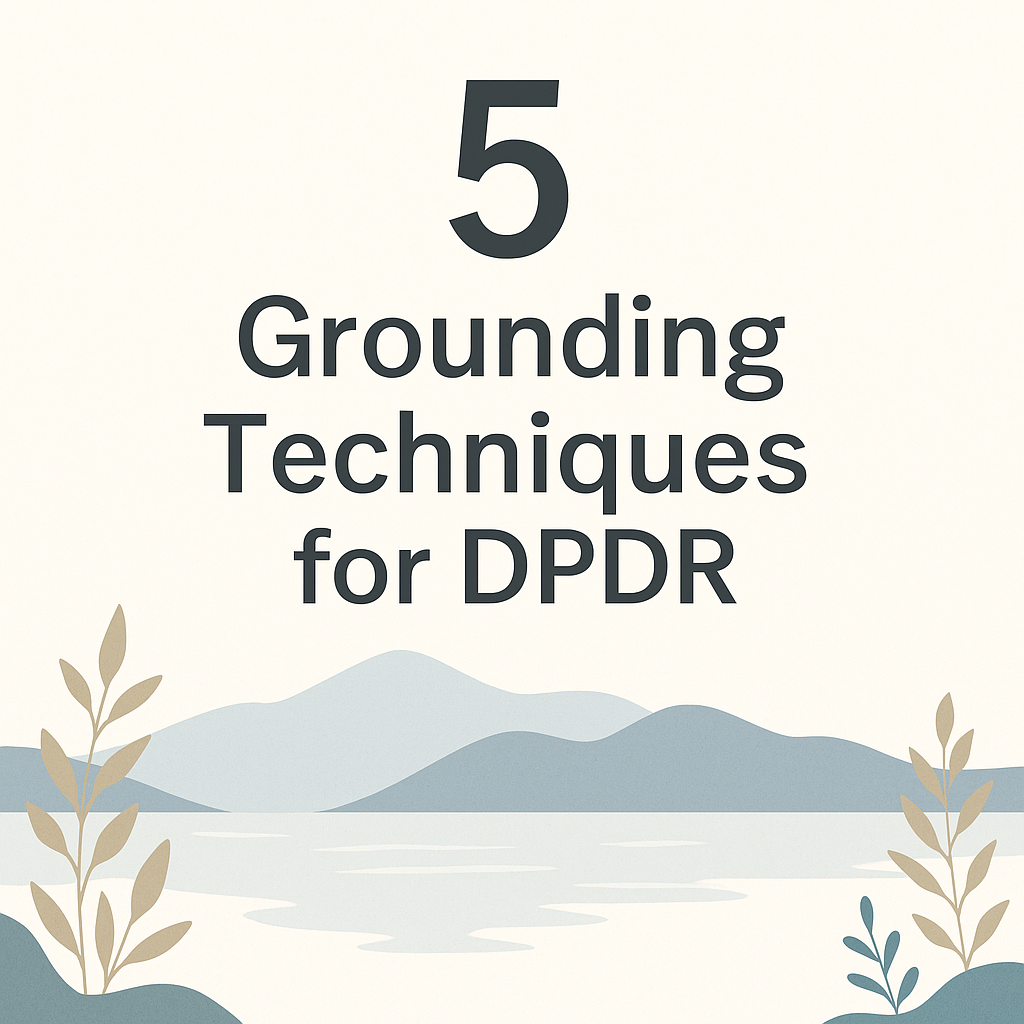
Strong Grounding Strategies to Make You Feel Present
Grounding strategies might assist you re-establish connection with your body and environment should you suffer DPDR. Some good ones are listed below:
1. Five-four-three-two-one Approach:
Look around and identify five visible objects.
Touch four items you can feel.
Listen for three audible sounds.
Observe two scents you can detect
Concentrate on 1 item you can taste
2. Deep Breathing Techniques:
Breathe slowly and deeply: inhale for four seconds, hold for four, and expel for four.
This approach triggers your body’s relaxation reaction.
3. Physical Grounding:
Feel the surface under you by pressing your feet hard to the earth.
Splash water on your face or hold something cool like an ice cube.
4. Conscious Observation:
Concentrate on the little things all around you: the fabric of your clothes, the wall patterns, the hue of items.
5. Affirmations and Self-Talk
Remind yourself softly that you are still in charge, the emotions are transient, and you are protected.
Mindfulness gadgets to support
Did you realise tech may enable you to control DPDR? These are a few wearable devices meant to encourage mindfulness and lower stress:
1. Apollo Neuro: This gadget aids in concentration, relaxation, and stress management by means of gentle vibrations.
-
- Muse Headband: Helps you remain grounded and focused by providing real-time feedback on your brain activity during meditation.
3. Spire Stone: Monitors your breathing patterns and delivers soft reminders to breathe deeply when it detects stress.
- Muse Headband: Helps you remain grounded and focused by providing real-time feedback on your brain activity during meditation.
- TouchPoints: These wearables use alternating vibrations to reduce stress and anxiety, making it easier to ground yourself.
- Oura Ring: Monitors sleep, heart rate, and activity to provide insights into your mental and physical well-being.
These wearables use alternating vibrations to lower anxiety and stress, hence helping you to ground yourself.
Tracks activity, heart rate, and sleep to offer insights on your emotional and physical well-being.
If you experience these feelings frequently, consider reaching out to a mental health professional for additional support.



